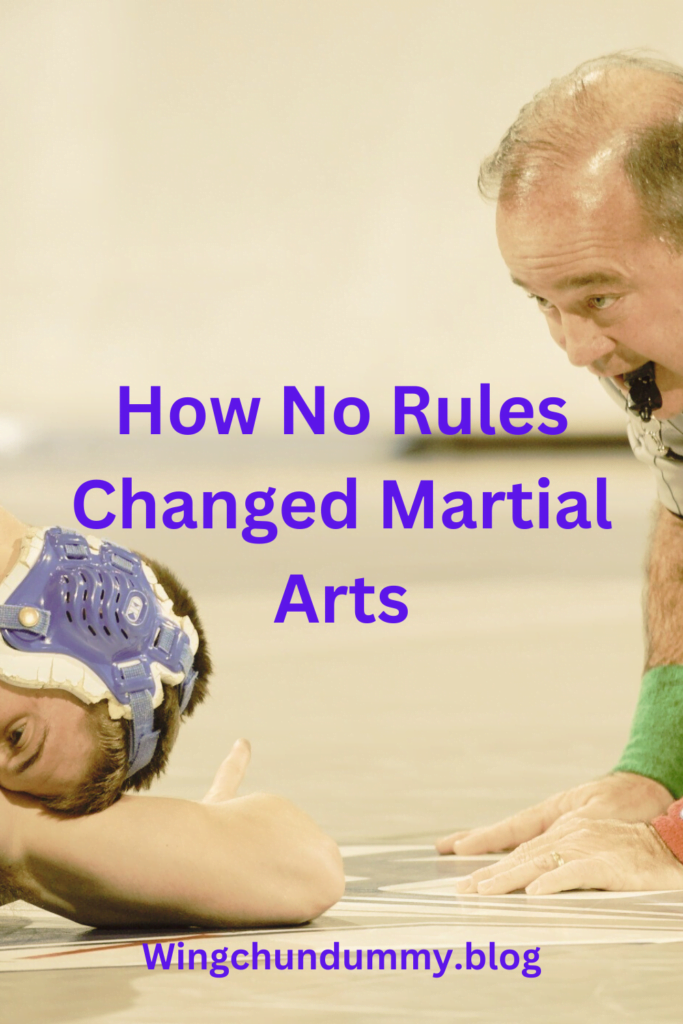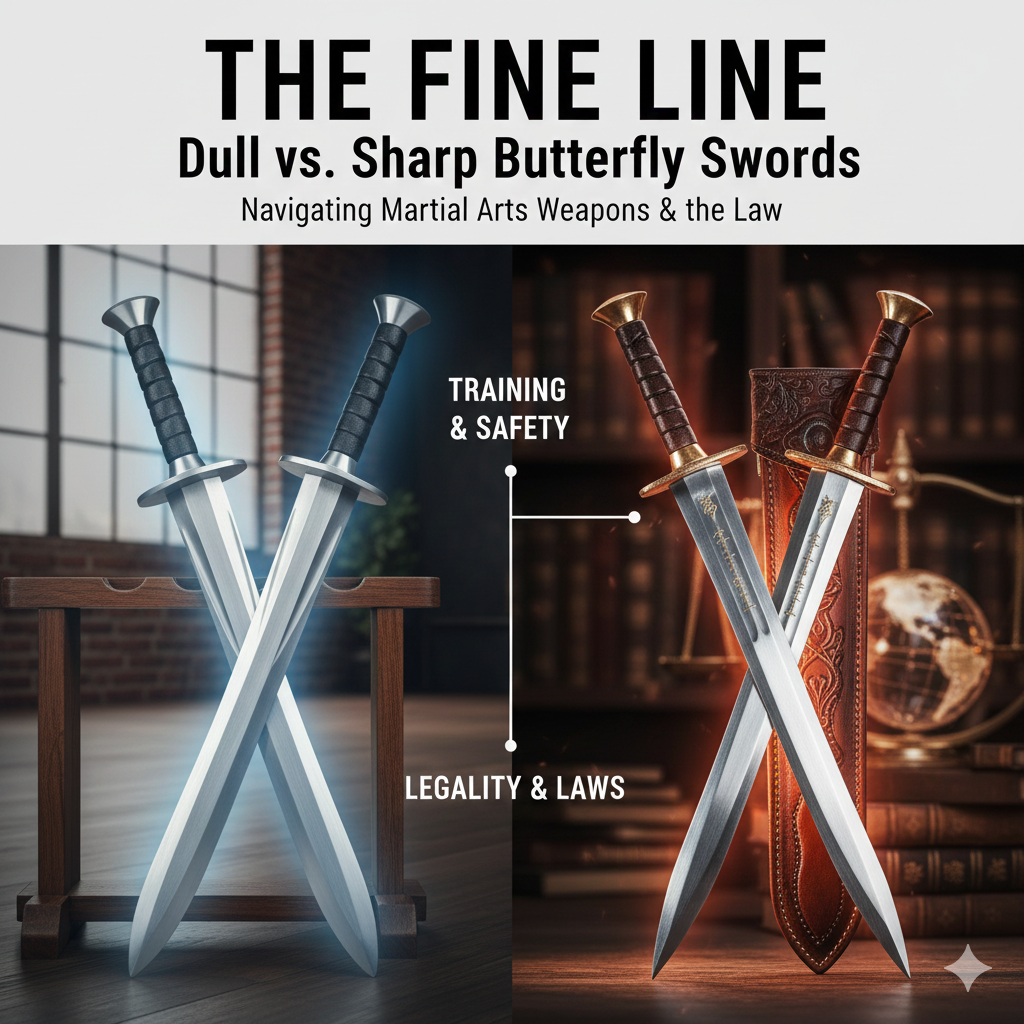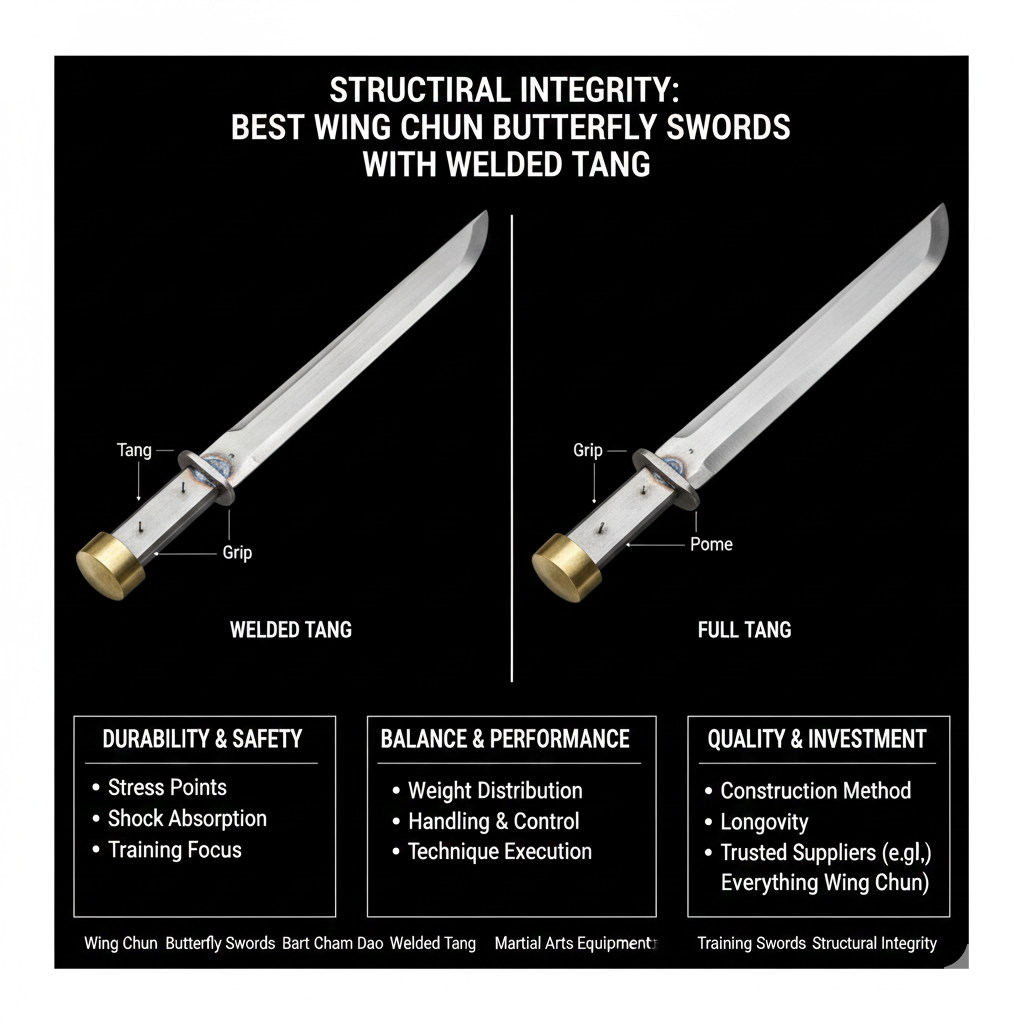Martial arts have long been defined by a set of established techniques, principles, and, notably, rules.
Traditional disciplines such as Karate, Judo, and Taekwondo are governed by specific regulations that dictate permissible moves and combat strategies.
However, the advent of ‘no rules’ martial arts has revolutionized this conventional framework, giving rise to an unrestricted form of combat.
No rules martial arts, as the name suggests, eschews the typical constraints of traditional practices, allowing for a broader range of techniques and strategies.
This approach emphasizes adaptability, spontaneity, and real-world applicability over adherence to a rigid set of guidelines.
The concept of unrestricted combat is not entirely modern; it has roots in ancient fighting traditions where survival often depended on the ability to adapt and improvise.
The evolution of no rules martial arts can be traced back to various historical points where fighters sought to break free from the limitations of their styles.
The early 20th century saw the emergence of mixed martial arts (MMA), which combined elements from multiple disciplines, paving the way for a more versatile and holistic approach to combat.
The emphasis shifted from mastering a single style to integrating diverse techniques, a hallmark of no rules martial arts.
In contemporary times, no rules martial arts have gained significant traction, particularly in competitive arenas where fighters are measured by their effectiveness rather than their adherence to specific rules.
This paradigm shift has not only expanded the tactical repertoire of martial artists but also brought a new level of realism to the practice.
The focus is on practical application and efficiency, often highlighting the unpredictability and dynamism inherent in true combat situations.
As we delve deeper into the world of no rules martial arts, it becomes evident that this approach is reshaping the landscape of martial arts training and competition.
By removing traditional boundaries, it offers a more inclusive, adaptive, and ultimately, effective method of self-defense and combat proficiency.
Historical Background
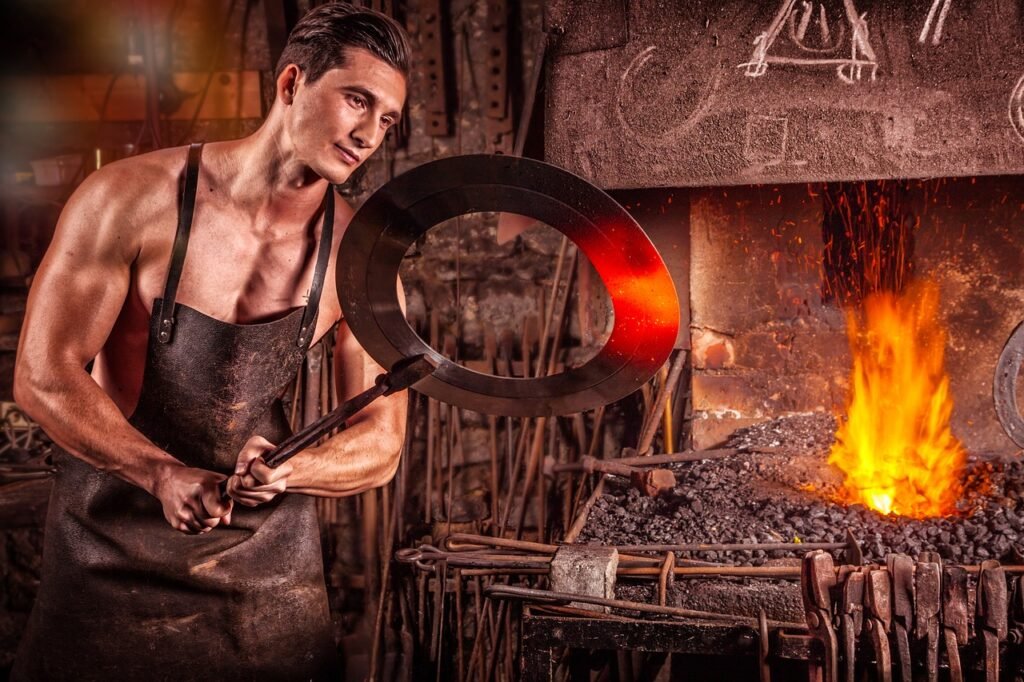
Martial arts have long been a cornerstone of cultural expression and combat preparedness across various civilizations throughout history.
Emerging from the need for self-defense, military training, and spiritual development, traditional martial arts were often governed by strict codes of conduct and rules.
These regulations were instrumental in shaping the discipline, form, and techniques that practitioners adhered to.
Distinctive martial arts styles can be traced back to ancient China, Japan, Greece, and India, among other cultures, each contributing unique elements to the global martial arts tapestry.

In ancient China, martial arts like kung fu evolved within the framework of philosophical and ethical teachings, notably influenced by Confucianism, Taoism, and Buddhism.
Similarly, in Japan, the samurai class adhered to the Bushido code, which emphasized honor, discipline, and moral behavior.
Greek Pankration, an ancient form of no-holds-barred combat, combined boxing and wrestling without many of the restrictions seen in other martial arts, showcasing that the concept of unregulated combat has deep historical roots.
Over time, martial arts spread and adapted to various cultural contexts, each with its own set of rules and traditions.
However, the 20th century witnessed a significant shift. Mixed Martial Arts (MMA), a sport with fewer restrictions and a focus on effectiveness, began to gain prominence.
This transition was influenced by key historical moments such as the advent of Brazilian Jiu-Jitsu, which emphasized practical, ground-based fighting techniques, and the emergence of the Ultimate Fighting Championship (UFC) in the early 1990s.
The UFC showcased a blend of martial arts disciplines under minimal rules, fundamentally altering the landscape of martial arts.
The modern no rules movement in martial arts is a culmination of centuries of evolution.
Where the effectiveness of techniques takes precedence over tradition.
This shift reflects a broader trend towards realism and practicality in combat sports, challenging the legacy of conventional martial arts by emphasizing adaptability and efficiency.
Influence of Mixed Martial Arts (MMA)
The rise of Mixed Martial Arts (MMA) has been instrumental in popularizing no rules martial arts.
MMA emerged as a revolutionary force, breaking away from the rigid constraints of traditional martial arts.
Central to this transformation was the Ultimate Fighting Championship (UFC), an organization that played a pivotal role in promoting an open and versatile fighting style, free from the limitations of conventional martial arts disciplines.
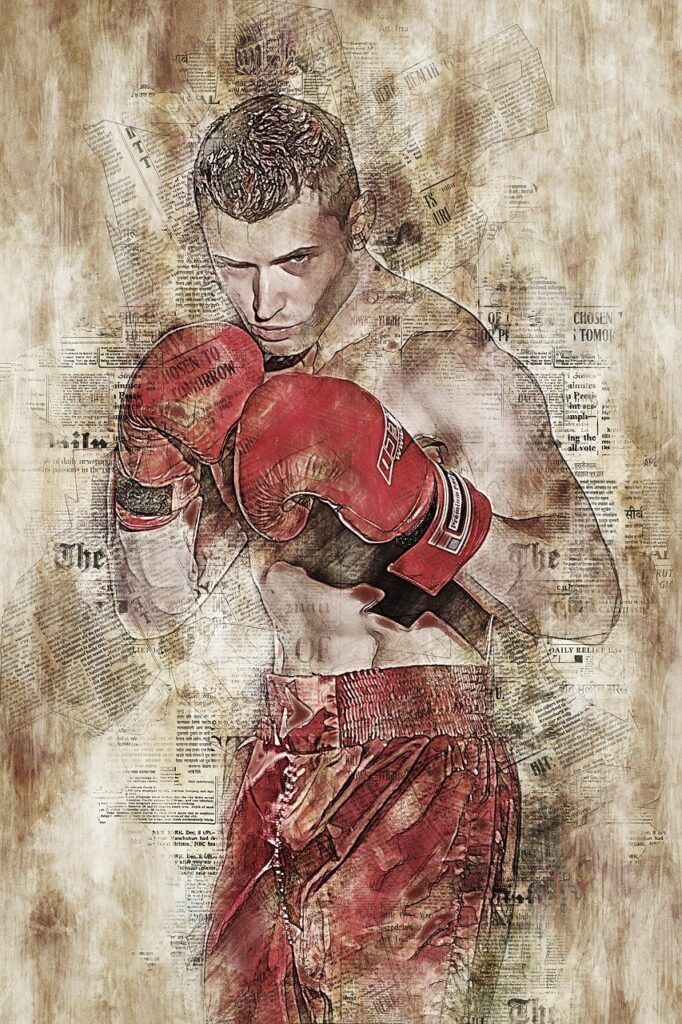
The UFC, founded in 1993, sought to identify the most effective martial art by pitting practitioners of different disciplines against one another in a no-holds-barred competition.
This approach quickly garnered attention and showcased the effectiveness of blending various martial arts techniques.
The UFC’s emphasis on practicality over tradition highlighted the advantages of a more adaptive and comprehensive fighting style, leading to the broader acceptance of no rules martial arts.
One of the most notable early events that shaped this transition was UFC 1, where Royce Gracie, a Brazilian Jiu-Jitsu (BJJ) practitioner, dominated opponents from diverse martial arts backgrounds.
Gracie’s success underscored the need for versatility and adaptability in combat, challenging the dominance of traditional martial arts.
His victories demonstrated that no single discipline held all the answers, paving the way for the evolution of MMA.
As MMA gained popularity, fighters like Randy Couture, Georges St-Pierre, and Anderson Silva emerged, each bringing a unique blend of techniques from various martial arts.
Couture’s wrestling prowess, St-Pierre’s hybrid approach combining karate and BJJ, and Silva’s striking mastery exemplified the evolution of no rules martial arts.
Their success in the octagon further solidified MMA’s influence and underscored the effectiveness of a versatile, integrated fighting style.
In conclusion, the influence of MMA and the UFC on the martial arts world cannot be overstated.
By breaking away from traditional constraints and promoting a more open and practical approach to combat, they have fundamentally reshaped the landscape of martial arts, inspiring a new generation of fighters to embrace the principles of no rules martial arts.
Techniques and Training
The evolution of martial arts in a no rules environment has significantly transformed how fighters approach techniques and training.
Traditional martial arts often adhere to a strict set of guidelines and rules that dictate permissible techniques, focus areas, and training regimens.
In contrast, no rules combat necessitates a more adaptable and innovative approach, forcing practitioners to think outside the conventional boundaries.
In a no rules setting, fighters must be prepared for an unpredictable array of scenarios, requiring a diverse skill set that includes striking, grappling, and defensive maneuvers.
Traditional martial arts, while effective in their right, often emphasize specific techniques tailored to their unique rule sets.
For example, Taekwondo focuses on high, fast kicks, whereas Judo concentrates on throws and holds.
However, in no rules combat, a fighter must integrate aspects from multiple disciplines, blending striking from Muay Thai, grappling from Brazilian Jiu-Jitsu, and the tactical awareness found in Mixed Martial Arts (MMA).
Training in a no rules environment also demands a heightened level of adaptability.
Fighters must continuously hone their skills across various disciplines and remain agile in their thinking and execution.
According to renowned trainers and fighters, this adaptability is critical for success.
As John Doe, a veteran no rules combat trainer, notes, “In a no rules fight, you can’t rely on a single technique or strategy.
You must be versatile and ready to switch tactics in an instant.”
Furthermore, the absence of rules fosters innovation in training methods.
Fighters are encouraged to develop new techniques and strategies that can provide an edge in unpredictable combat situations.
This spirit of innovation leads to a dynamic and evolving landscape where fighters are perpetually learning and improving.

In essence, while traditional martial arts offer a structured and disciplined approach to training, the no rules environment demands a broader, more versatile skill set.
The adaptability and innovation required in no rules combat not only push fighters to their limits but also drive the evolution of martial arts as a whole.
Psychological and Physical Demands
The realm of no rules martial arts presents practitioners with unique psychological and physical challenges.
The heightened risk of injury is a significant factor, necessitating an elevated level of mental toughness and resilience.
Unlike traditional martial arts, where certain moves and strikes are prohibited to ensure safety,l.
No rules martial arts allow for a broader range of techniques, increasing the likelihood of serious injury.
This unrestricted nature demands that fighters maintain an acute awareness of their surroundings and their opponent’s actions at all times.
In terms of psychological demands, no rules martial arts require a distinct mindset.
Practitioners must cultivate a strong mental fortitude to endure the intense and often brutal encounters characteristic of this discipline.
The fear of injury and the unpredictability of the opponent’s moves can be daunting.
Hence, mental conditioning, including stress management.
Emotional regulation, and strategic planning, becomes crucial.
Fighters must be prepared to think quickly and adapt their strategies on the fly.
Often making split-second decisions that can determine the outcome of a match.
Strategic thinking in no rules martial arts differs markedly from that in rule-bound martial arts.
The absence of restrictions allows for a wider array of tactics.
And fighters must be versatile and unpredictable.
This requires a deep understanding of various fighting techniques and the ability to seamlessly integrate them during combat.
The preparation process, therefore, involves not only physical training.
But also extensive mental rehearsal and scenario planning.
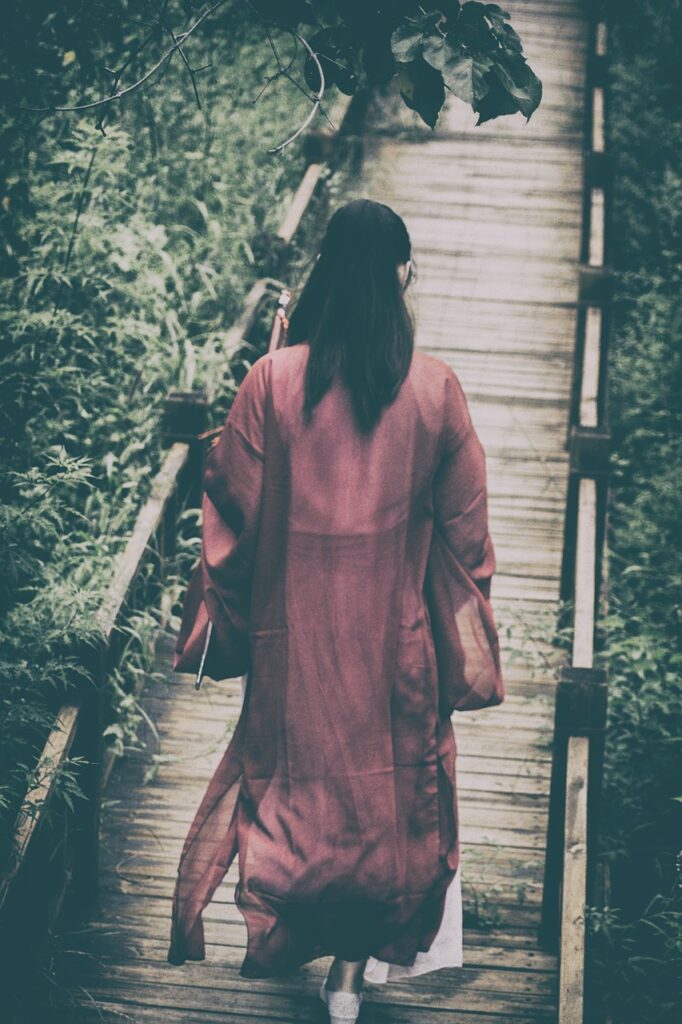
Compared to rule-bound martial arts, the preparation and mindset required for no rules martial arts are more comprehensive and demanding.
Traditional martial arts often focus on technique refinement within a structured framework of rules.
Whereas no rules martial arts push practitioners to the limits of their physical and mental capabilities.
It Demanding a holistic approach to training and competition.
Ethical Considerations
The advent of no rules martial arts has sparked significant ethical debates, particularly concerning safety.
Fairness, and the potential for excessive violence.
Proponents argue that no rules combat allows for the ultimate expression of martial prowess.
Offering a purer and more authentic experience.
They claim that such an unrestricted environment can lead to the development of superior fighting skills and resilience.
As practitioners are forced to adapt to any situation without the crutch of predefined regulations.
Conversely, critics highlight serious concerns regarding the safety of participants.
The absence of rules increases the risk of severe injuries.
As there are no limitations on the techniques that can be employed.
This raises questions about the moral responsibility of promoting a practice where harm is not only possible but likely.
Fairness also comes into play, as individuals with varying levels of skill and physical capability engage in combat without the safeguards typically provided by traditional martial arts rules.
Another critical point of contention is the potential for excessive violence.
In a no rules environment, the line between sport and brutality can become blurred.
Leading to scenarios where the primary objective shifts from showcasing skill to causing harm.
This shift can have broader social implications, as it might normalize aggressive behavior and desensitize audiences to violence.
Different cultures and societies hold diverse perspectives on no rules martial arts.
In some regions, the practice is seen as a legitimate test of strength and endurance, while others view it with skepticism or outright disapproval.
Regulatory measures vary widely; some countries have stringent laws to restrict or ban no rules combat.
Emphasizing participant safety and ethical considerations.
Others adopt a more lenient approach, permitting such practices under specific conditions or within controlled environments.
Overall, the ethical landscape of no rules martial arts is complex and multifaceted, encompassing a range of viewpoints and regulatory frameworks.
The ongoing debate underscores the need for a balanced approach that considers both the freedom to practice martial arts in its most unrestricted form and the imperative to protect participants’ well-being.
Impact on Traditional Martial Arts
The emergence of no rules martial arts has had a profound impact on traditional martial arts schools and practitioners.
Traditional martial arts, which often emphasize discipline, form, and philosophical teachings.
Also, they have found themselves at a crossroads.
The rise of no rules martial arts, characterized by a focus on practicality and effectiveness in real-world scenarios.
It has challenged the traditional schools to either adapt or risk becoming obsolete.
Some traditional martial arts institutions have embraced this shift.
Integrating elements of no rules techniques into their curriculum.
This adaptation has allowed them to remain relevant and attract a new generation of students who are interested in more pragmatic self-defense skills.
For instance, traditional karate schools have started incorporating grappling and ground-fighting techniques.
Areas typically less emphasized in their original training programs.
This fusion of traditional and modern techniques offers practitioners a more well-rounded skill set.
Enhancing their effectiveness in various combat situations.
On the other hand, there are traditional martial arts purists who resist this trend.
These practitioners maintain that the value of traditional martial arts lies not just in physical prowess but also in the mental and spiritual growth it fosters.
They believe that the discipline, respect.
And ethical teachings inherent in don’t compromise traditional martial arts for the sake of practicality.
The shift towards no rules martial arts has also affected the popularity and practice of traditional martial arts.
While some schools have seen a decline in enrollment as students gravitate towards more contemporary styles.
Others have found a niche market by emphasizing the holistic benefits of traditional training.
This dual approach ensures that while traditional martial arts may evolve.
Their core essence remains intact for those who seek it.
Perspectives from traditional martial artists vary widely.
Some see the integration of no rules techniques as a necessary evolution.
Enhancing their ability to protect themselves and others.
Others view it as a departure from the true essence of martial arts.
Regardless of the stance, it is clear that the rise of no rules martial arts has prompted a significant reevaluation within the traditional martial arts community.
Future of Martial Arts
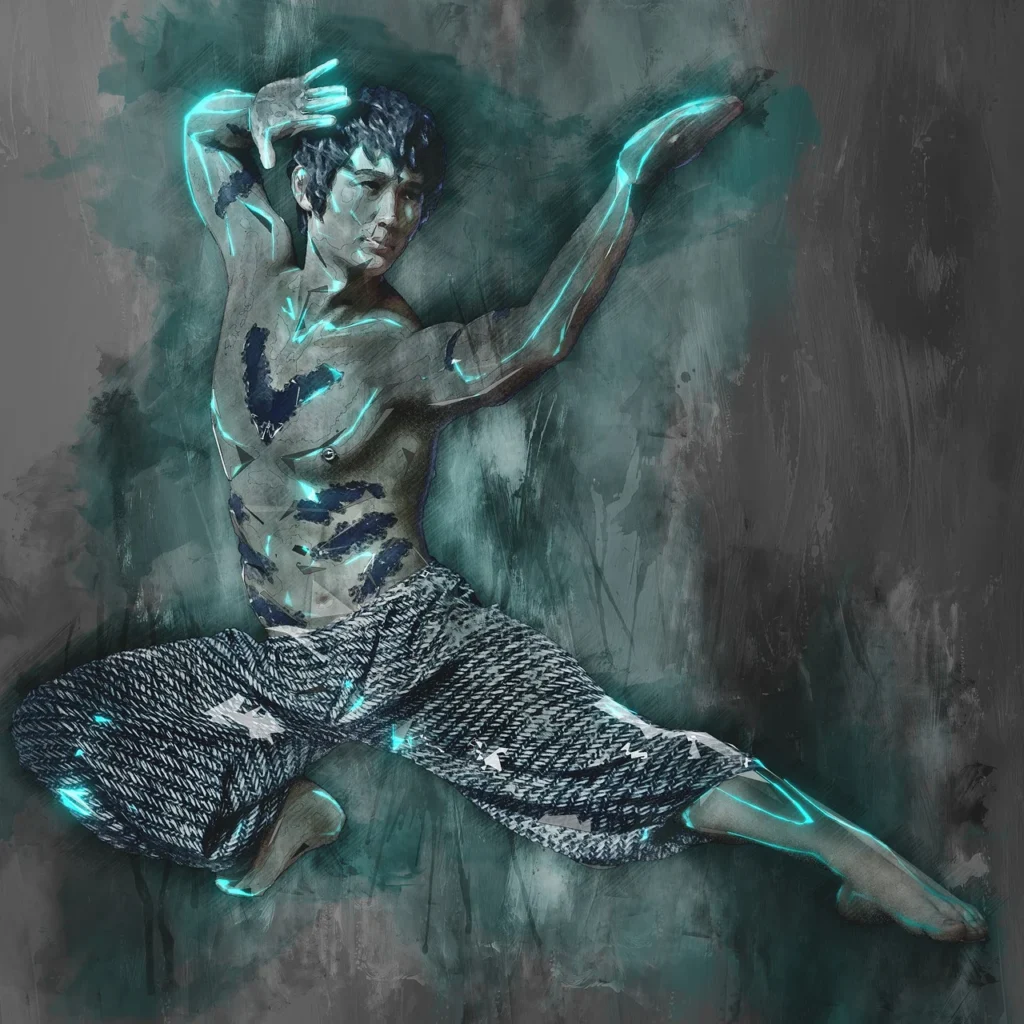
The trajectory of martial arts is poised for significant transformation in the context of no rules formats.
As the boundaries of traditional martial arts continue to blur.
We observe a surge in hybrid fighting styles that incorporate elements from various disciplines.
This amalgamation, driven by the absence of stringent regulations.
Fosters an environment where innovation and adaptability are paramount.
Emerging trends suggest that the future of martial arts heavily influence by technology.

Virtual reality (VR) and augmented reality (AR) are already making inroads into training regimes.
Offering fighters immersive experiences that enhance their skills without physical risk.
These technologies provide real-time feedback and analytics.
Allowing practitioners to refine their techniques with unprecedented precision.
Social media platforms play a crucial role in the dissemination and evolution of martial arts.
Fighters can share their training routines, sparring sessions.
And innovative techniques with a global audience, fostering a culture of continuous learning and adaptation.
This interconnectedness not only democratizes martial arts education but also accelerates the evolution of fighting styles as practitioners draw inspiration from a diverse array of sources.
Regulatory changes are likely to accompany the evolving landscape of martial arts.
While the no rules format offers unparalleled freedom.
It also raises concerns about safety and ethical considerations.
Governing bodies may introduce guidelines that balance the need for innovation with the imperative of protecting fighters’ well-being.
This delicate equilibrium will shape the future regulatory framework of martial arts.
In essence, the future of martial arts will be characterized by a dynamic interplay of tradition and innovation.
As fighters continue to push the boundaries of what is possible, the integration of technology, the influence of social media.
And the evolution of regulations will collectively shape the next chapter in the rich history of martial arts.
The no rules format, while controversial, has undeniably catalyzed a period of unprecedented growth and transformation in this ancient practice.

